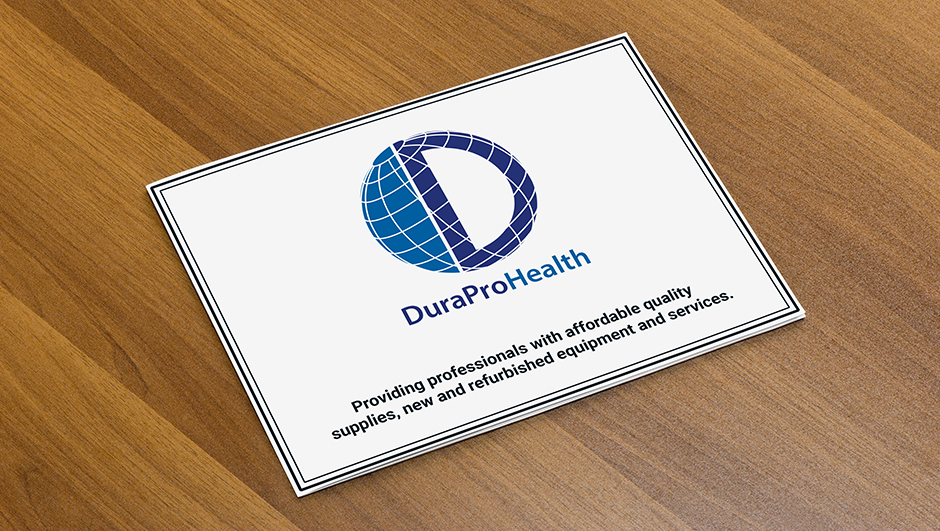On Thursday, June 4, 2020, Devin Lee led training on HEPA Filters
HEPA
High-efficiency particulate air (HEPA), also known as high-efficiency particulate absorbing and high-efficiency particulate arrestance, is an efficiency standard of air filter.
History
The idea behind the development of the HEPA filter was born from gas masks worn by soldiers fighting in World War II. A piece of paper found inserted into a German gas mask was put in place to capture efficiency for chemical smoke. The British Army Chemical Corps duplicated this and began to manufacture it in large quantities for their own gas masks. They developed a combination mechanical blower and air purifier unit, which incorporated cellulose-asbestos paper in a deeply pleated form with spacers between the pleats. It was referred to as an absolute air filter and laid the groundwork for further research to come in developing the HEPA filter.
The next phase of the filter was designed in the 1940s and was used in the Manhattan Project to prevent the spread of air borne radioactive contaminants. The United States Army Chemical Corps and National Defense Research Committee needed to develop a filter for removing radioactive materials from the air. Irving Langmuir identified 0.3-micron size particles to be the most penetrating size and the most difficult and concerning.
HEPA was commercialized in the 1950s, and the term became a registered trademark, and later a generic term for highly efficient filters. HEPA filters are used in applications that require contamination control, such as the manufacturing of disk drives, medical devices, semiconductors, nuclear, food and pharmaceutical products, as well as in hospitals, homes, and vehicles.
Mechanism
The four primary filter collection mechanisms: Diffusion, Interception, Inertial Impaction, and electrostatic attraction
Diffusion
An enhancing mechanism that is a result of the collision with gas molecules by the smallest particles. Which are impeded and delayed in their path through the filter. This raises the probability that a particle will be stopped by either interception or impaction; this mechanism becomes dominant at the lower air flow.
Interception
Particles following a line of follow in the air stream come within one radius of a fiber and adhere to it.
Impaction
Larger particles are unable to avoid fibers by following the curving contours of the air stream. This effect increases with diminishing fiber separation and higher air flow velocity.
Gas Filtration
HEPA Filters do not filter out gasses and odor molecules.
Marketing
Some companies use a marketing term known as “True HEPA” to give consumers assurance that their air filters meet the HEPA standard, although this term has no legal or scientific meaning. Products that are marketed to be “HEPA-type,” “HEPA-like,” “HEPA-style” or “99% HEPA” do not satisfy the HEPA standard and may not have been tested in independent laboratories. Although such filters may come reasonably close to HEPA standards, others fall significantly short.
Safety
HEPA filtration works by mechanical means unlike the ionic and ozone filtration which use negative ions and ozone gas. The chances of potential pulmonary side-effects like asthma and allergies is much lower with HEPA purifiers. To ensure that a HEPA filter is working efficiently, they should be checked and changed at least every six months in commercial settings. In residential settings, they can be changed every two to three years. Failing to change a HEPA filter in a timely fashion will result in it putting stress on the machine or system and not removing particles from the air properly.
Biomedical
HEPA filters are critical in the prevention of the spread of airborne bacterial and viral organisms and, therefore, infection. Typically, medical use HEPA filtration systems also incorporate high-energy ultra violet light units or panels with anti-microbial coating to kill off the live bacteria and viruses trapped by the filter media. Some of the best rated HEPA units have an efficiency rating of 99.995%, which assures a very high level of protection against airborne disease transmission.


